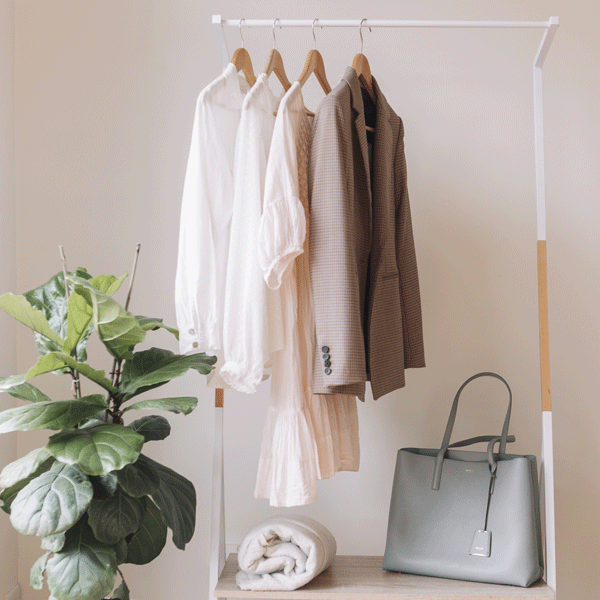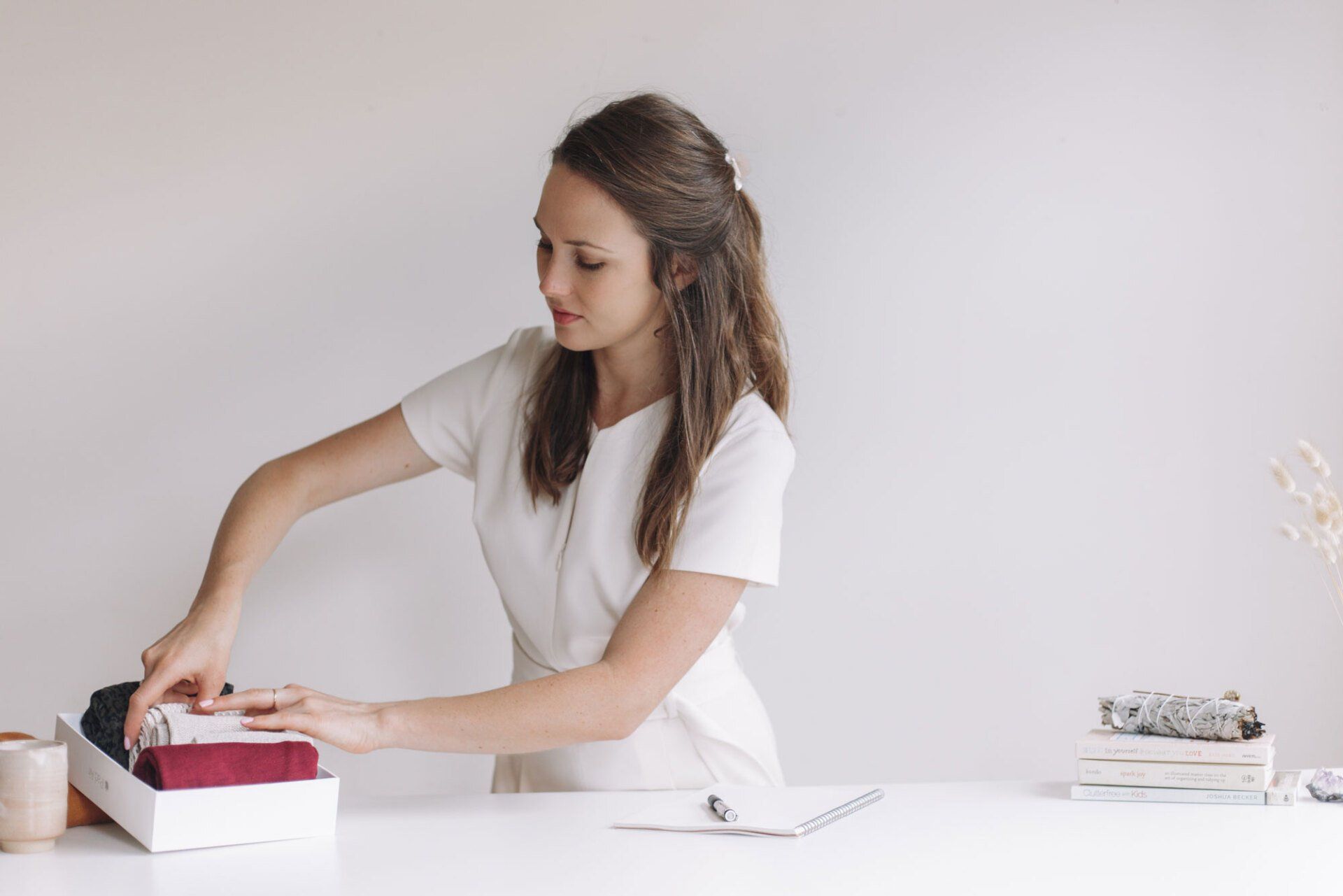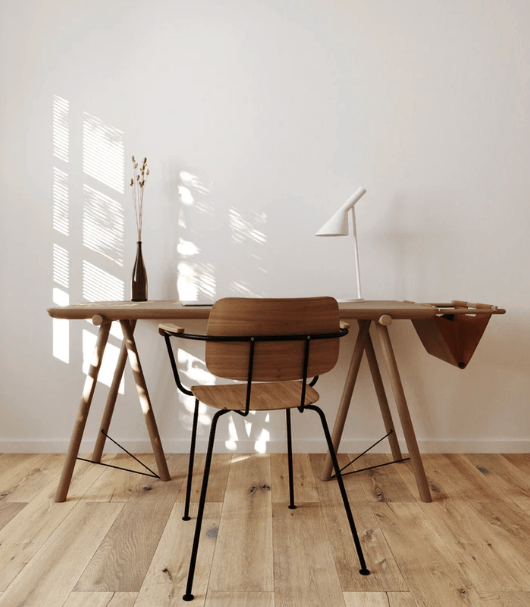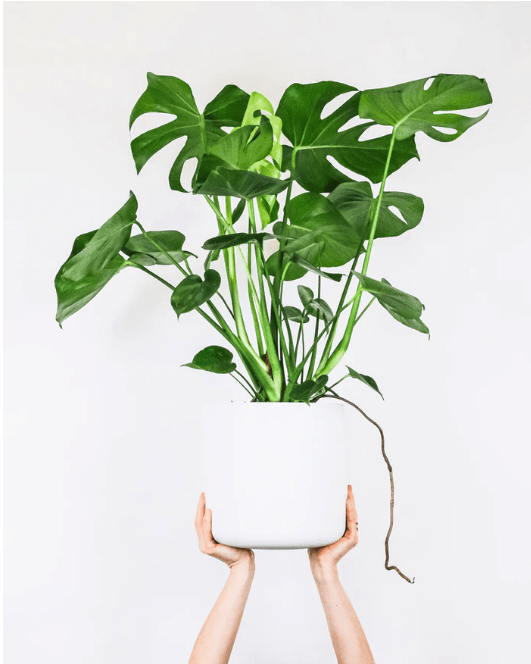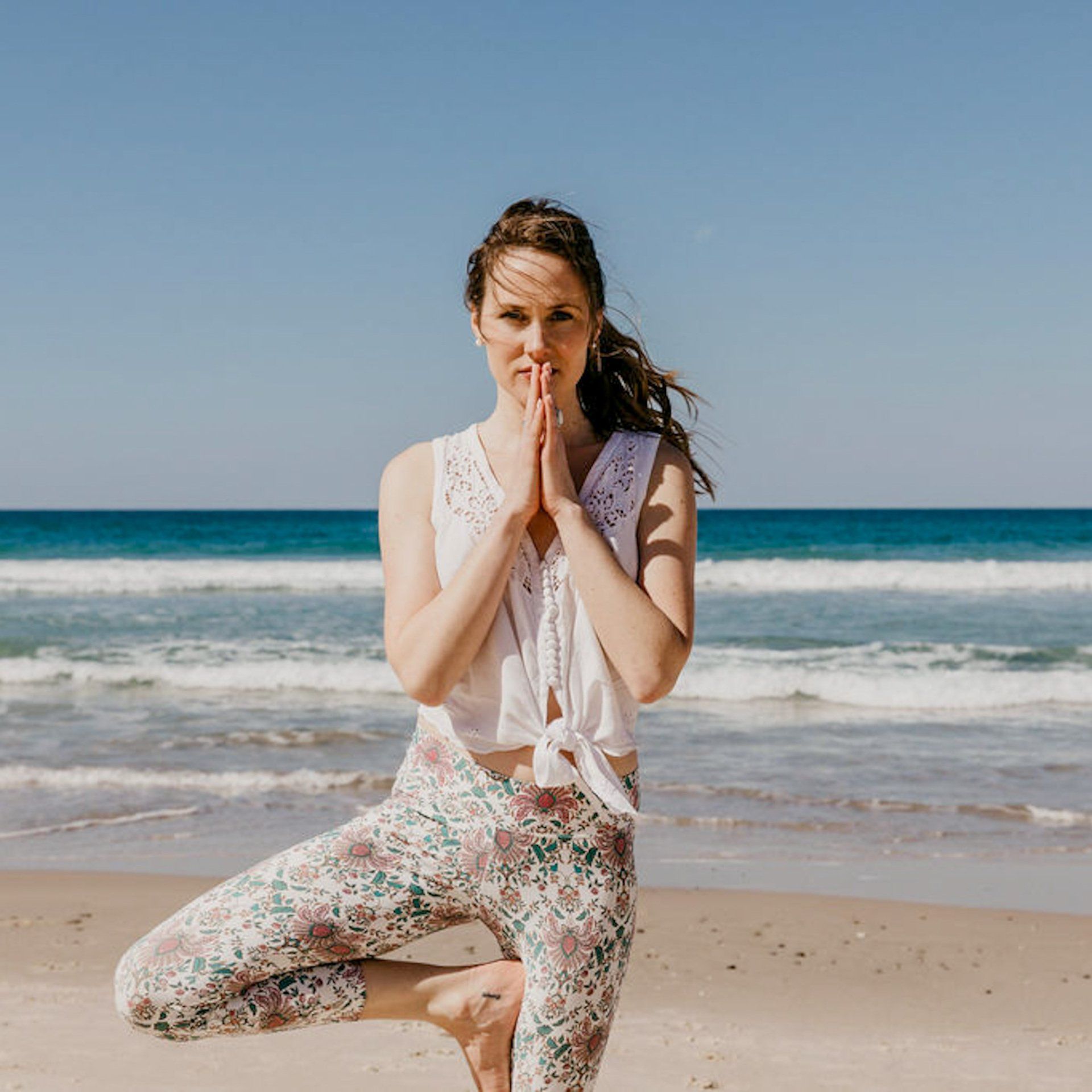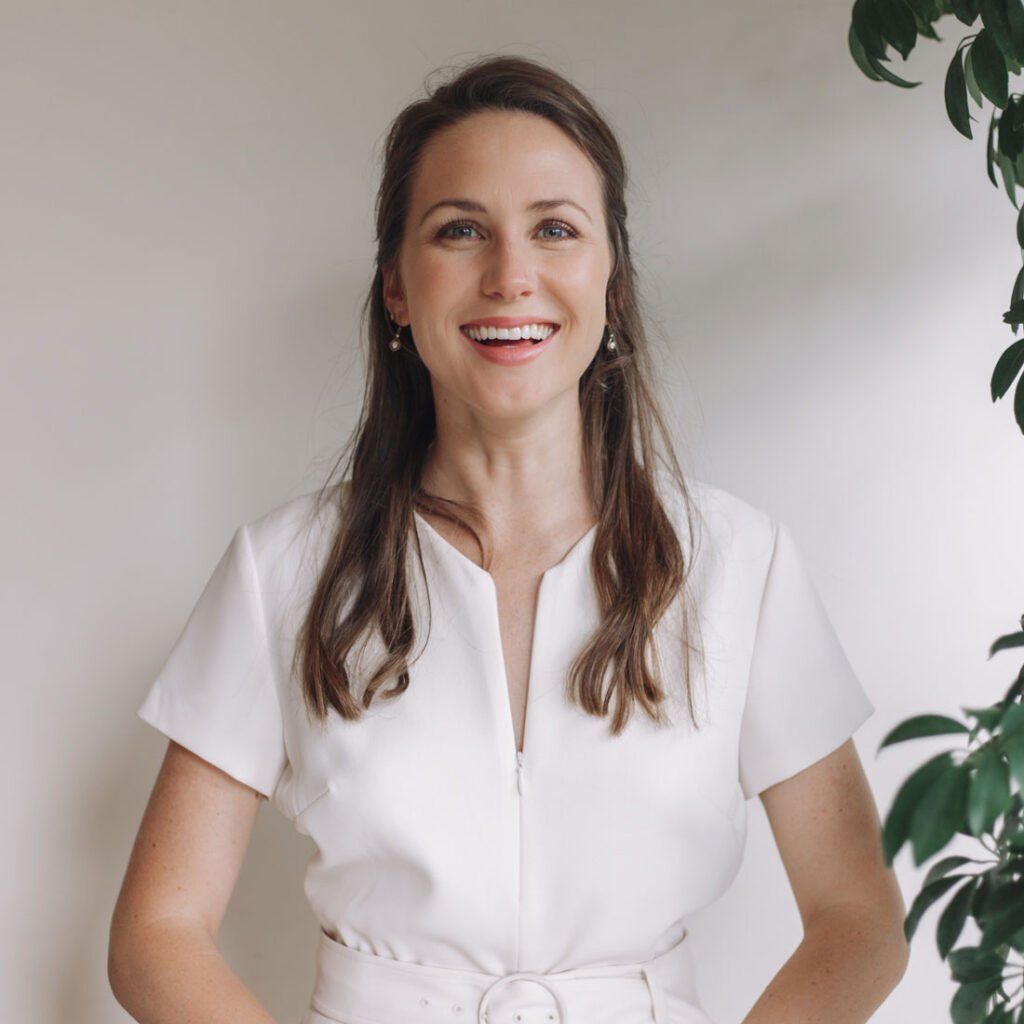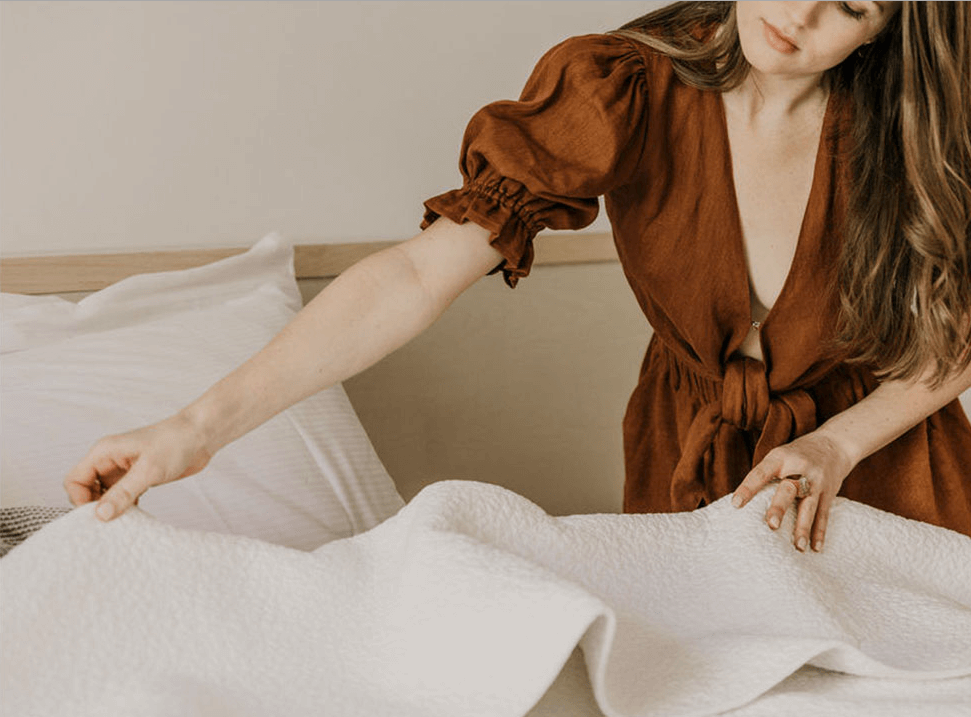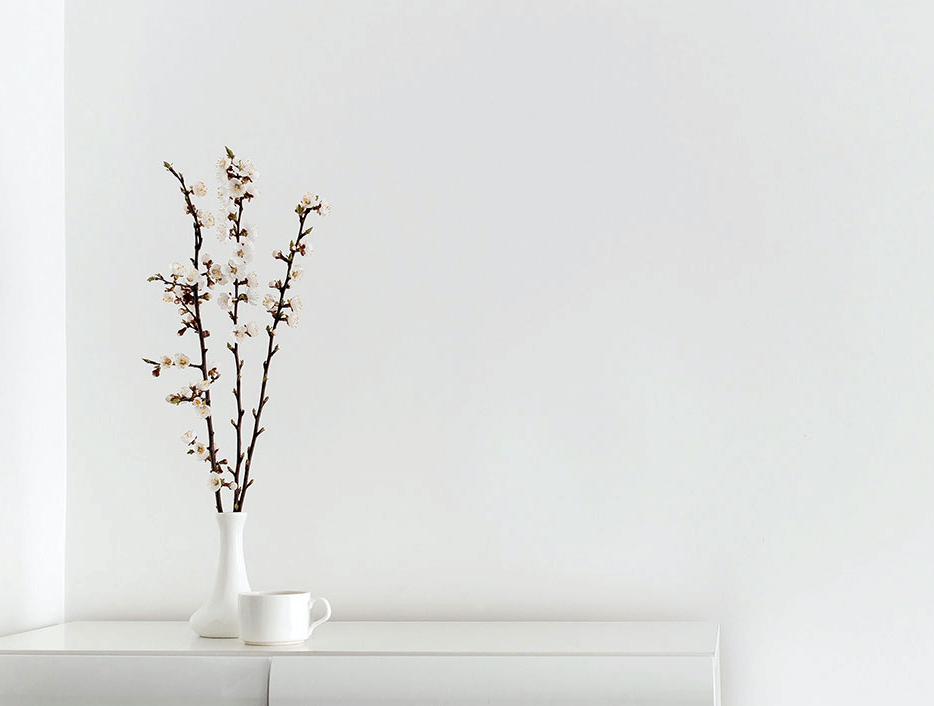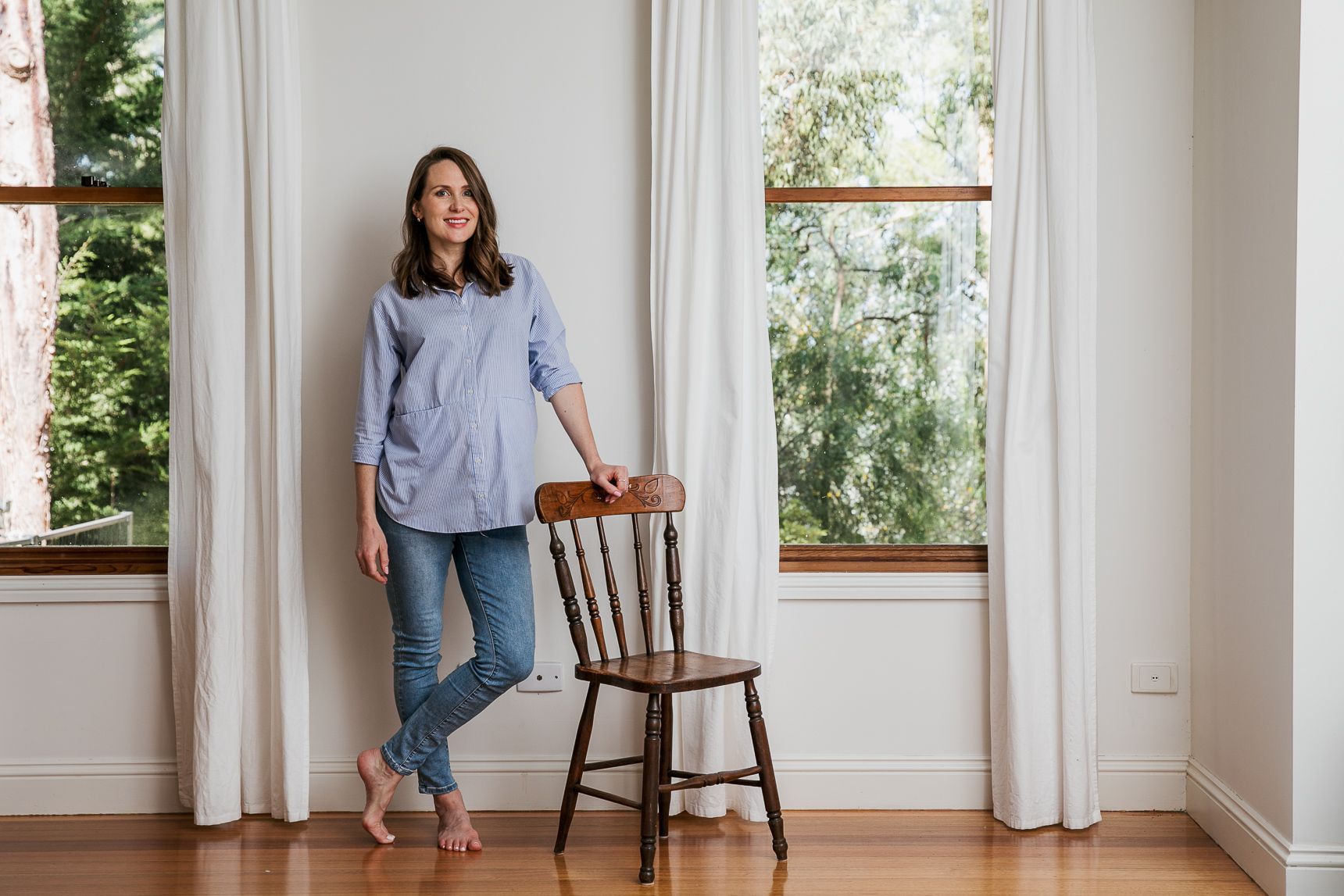Working From Home Tips For Success – An Interview with Sally Flower
As 2021 passes the halfway mark, covid restrictions in Australia continue to dominate our newsfeeds and lives. Working from home remains a central feature for many of us. In the past 18 months, I have presented at many corporate events sharing how the KonMari Method can support a successful working from home transition.
We recorded this working from home interview early in 2021, yet given Melbourne and Sydney’s ongoing lockdowns we thought it suitable re-publish it here. We hope you love it. Without any further ado…..here is Sally’s interview,
How to create a successful and enjoyable working from home experience with KonMari expert, Sally Flower.
Can you tell us a little bit about the KonMari process and how it works?
The
KonMari Method
is an organising and decluttering technique created by a lady called Marie Kondo. The method was originally described in her book
The Life-changing Magic of Tidying Up. The number one focus of the KonMari Method is to surround ourselves only with items that ‘spark joy’. The
KonMari process
works by carefully and categorically examining every item we own and letting go of anything that doesn’t light us up. Eventually, at the end of the process, we are left with only items that make us feel good, that we are proud of, enjoy using, or that spark a happy memory.
Can we apply KonMari to our work life?
Absolutely! Originally the method was made to help us to let go of physical items in our homes. Yet the process of letting go can be used for nonphysical items as well.
For example, in our worklife decluttering physical items, such as redundant papers and books, will help us to focus better. Decluttering nonphysical aspects, such as meetings, unnecessary emails, and other activities can help save time, and help us find the headspace to work more effectively and efficiently. The KonMari Method can help clear mental and physical clutter in our worklife.
It’s essential to create a work space that we will want to be in for long periods.
Home office equipment – any recommendations on how to achieve the best set-up?
Just like setting up any part of a home, it is important to take time to seek out items that speak to our own unique personalities and interests. When it comes to a home office it’s essential to create a space that we will want to be in for long periods. Many of us spend hours working at a desk and it’s vital that we make our offices an enjoyable space to be in. I recommend selecting equipment that you will enjoy using; including colours that you like to look at, textures you enjoy being near and dimensions that work for your space. These are all important aspects to consider when choosing new equipment.
Including natural light, a potted plant and clearing the space of clutter also help to create a workspace that doesn’t drain us of energy. In fact, light and greenery are two of my favourite ways to
find peace at home in lockdown.
Maintaining motivation and positivity during working-from-home periods – any recommendations?
I’m a big believer in using natural light, fresh air and nature to kickstart a positive day. I highly recommend getting outside for a walk or some physical activity first thing – mental health research has shown that those who spent time outside in nature have stronger mental health. However, if you are short on time in the mornings, simply opening a window or checking in on your indoor plants can have a similar effect.
Clutter is a known contributor to stress. Clearing mental clutter through lists and planning can help boost motivation first thing. Rather than jumping headfirst into emails, take two or three minutes to write a list of what you want to get done by the end of the day. This can include wellbeing activities such as taking a lunchtime walk, drinking five glasses of water, texting back your mum – whatever it is – get it out of your head and onto paper. Defining what success looks like is an easy way to clear the negative clutter and kickstart a positive day.
Indoor plants can support positivity
3 Ways to Keep Your Home Office Organised
1. Limit the number of loose items on the desk. It is a misconception that we need to see our things to use them. Well-intended “item accessibility” only saves a couple of seconds a week. Instead, things laid out on a desk cause visual clutter and impede our ability to focus. I recommend putting as much as you can in your drawers.
2. Only keep items on or in your desk that makes your work easier, or brings you joy. Anything that doesn’t, you probably don’t need – get it away from the desk.
3. Drawer dividers are a great way to organise stationary and other office supplies. There is no need to get fancy, something as simple as a chocolate box or shoebox lid will do the job. Boxes are a great way to create sections in your drawers, helping you find what you need quickly.
Digital clutter – is working from home a good time to get on top of this?
Any time is a good time to get on top of digital clutter. If you have extra hours in lockdown, organising digital clutter is a great use of time.
Utilising search functionality is a quick and easy way to organise digital assets. Avoid losing files in download boxes or a cluttered desktop by renaming the title of documents. Digital organisation can be complex given the variety of careers and work history. If you get stuck I recommend professional assistance, there is no one-size-fits-all for digital.
DIGITAL DECLUTTER TIP:
Start by considering how you would organise your digital files if everything was physical. I recommend writing down how would you name your files in a big physical filing system. Would you separate everything into Personal & Work? Under work would you file items by project name, customer name or year? Now make digital folders using your preferred convention organising digitally as you would physically.
What is your favourite way to maintain a worklife balance at home?
Packing up and setting up every day – I’m a big believer in this. Pre-covid many of us had an end of workday ritual; turning off the computer, picking up a jacket and walking out the door signified when work ended, and home life started. In the absence of an office, it’s important that we maintain some kind of ritual to signify when work finishes, and home life begins.
Packing up our home office space by filing away folders, putting lids back on pens, tucking in the chair and turning off our computer is a great way to signify the end of the workday. This end-of-day ritual helps maintain a happy, positive and productive work-life balance throughout extended working from home periods.
Encouraging movement, and healthy posture is a focus for many of us working from home. Do you have any specific recommendations on posture and stance?
As a yogi and trained yoga instructor, my posture recommendation for a standing desk is to evenly spread weight through all four corners of the feet. In yoga we use this in tadasana or standing pose – and the same principles can be used at a desk. Making sure not to lean too far back, or too far forward. Try not to tip the hips forward or back. Avoid rolling the outer edges of the feet or collapsing the arch and ankle. Focusing on feet will help alignment all the way up the body and connect us with the earth which is vital when spending hours looking at a screen.
For seated desks, move your water bottle a little out of reach, and each time you need a drink – stand up. Bonus points if you focus on your feet and create a quick standing pose!

